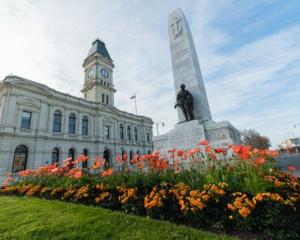Communtity questions over the mapping of Wahi Tupuna areas (sites and areas of significance to Maori) for the draft district plan have prompted the Waitaki District Council to explain the reasons for the mapping.
"It is a matter of national importance, under the Resource Management Act, to recognise and provide for the relationship of Maori and their culture and traditions with their ancestral lands, water, sites, wahi tapu (sacred sites or areas), and other taoka (treasured possessions, whether material or abstract)," Waitaki District Council heritage and planning manager David Campbell said.
Therefore, the maps were being created to recognise or acknowledge the Maori history of the Waitaki district.
In Wahi Tupuna areas, all zones are subject to limits around the clearance of native vegetation. Typically, clearance activities are permitted within a Wahi Tupuna area when being done for maintenance and repair of existing and lawfully established infrastructure systems such as tracks and driveways, yards, fences, stock water systems and dams.
Outside of such maintenance and repair, a resource consent would be required.
When a resource consent is required, a written approval or notification to Te Runanga o Moeraki would probably be needed.
Earthworks activities are also managed by rules in Wahi Tupuna areas across both urban and rural zones.
In the general rural and rural lifestyle zones, earthworks are permitted when undertaken for maintenance and repair of existing and lawfully established tracks, driveways, yards and the like.
This limiting of earthworks to repair and maintenance purposes mirrors the limits for earthworks in landscapes recognised as being sensitive for other reasons, such as being highly valued for their scenic values, their ecosystems or when in proximity to a listed heritage item.
Beyond these permitted maintenance related situations, a resource consent would be required.
The draft district plan also permits mahika kai activities (customary gathering of food and natural materials), but this does not override the need for landowner permission to be obtained to access private property.
The existing district plan has no policies, rules or mapping for significant sites or areas and relies solely on ensuring runanga are consulted by applicants when mana whenua values may be affected.












